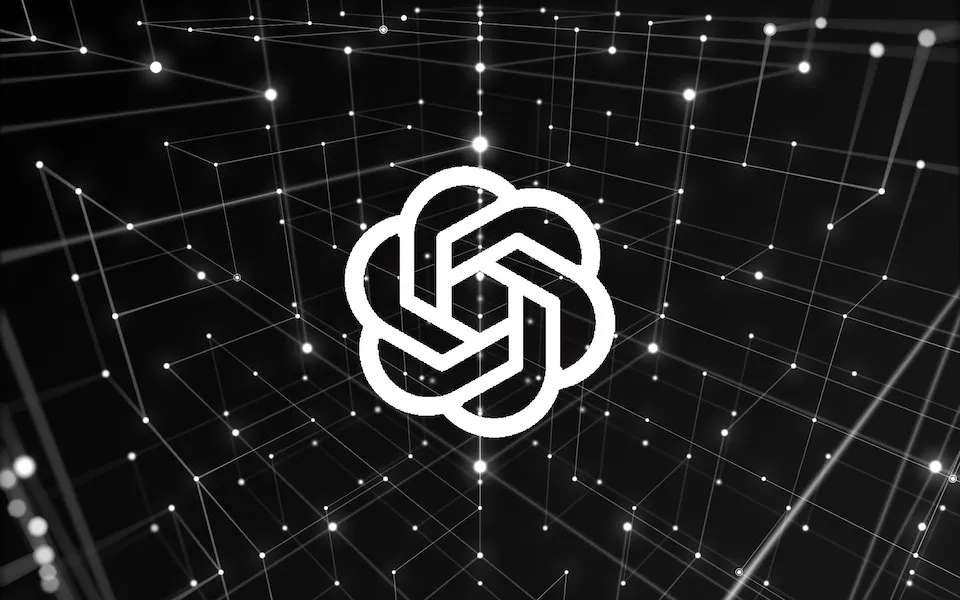Introduction:
Mental health is a crucial aspect of overall health and well-being. However, due to the stigma associated with mental health issues, many people hesitate to seek help from professionals. This is where mental health chatbots come into play. A mental health chatbot can provide immediate assistance to those in need, without the fear of judgment or the need to wait for an appointment. In this tutorial, we will learn how to create an AI-powered mental health chatbot using ChatGPT and Python.
Prerequisites:
To follow along with this tutorial, you will need the following:
- Python 3.x installed on your system
- An IDE or text editor to write and run Python code
- The transformers library installed. You can install it using
pip install transformers
Step 1: Setting up the Environment
Let’s start by setting up the environment. We will first import the required libraries and initialize the chatbot using ChatGPT.
import torch
from transformers import AutoTokenizer, AutoModelForCausalLM
tokenizer = AutoTokenizer.from_pretrained("microsoft/DialoGPT-medium")
model = AutoModelForCausalLM.from_pretrained("microsoft/DialoGPT-medium")
Step 2: Defining the Chatbot Function
Next, we will define a function that takes user input and generates a response using the pre-trained model.
def generate_response(input_text):
# encode the user input
input_ids = tokenizer.encode(input_text + tokenizer.eos_token, return_tensors=''pt'')
# generate a response using the pre-trained model
chatbot_output = model.generate(
input_ids=input_ids,
max_length=50,
do_sample=True,
top_p=0.95,
top_k=50
)
# decode the generated response
chatbot_response = tokenizer.decode(chatbot_output[0], skip_special_tokens=True)
return chatbot_response
In the above code, we first encode the user input using the tokenizer. We then use the pre-trained model to generate a response based on the encoded input. Finally, we decode the generated response and return it.
Step 3: Creating the Chatbot Interface
Now that we have defined the chatbot function, let’s create an interface for users to interact with the chatbot. We will use a while loop to allow the user to continue chatting with the bot until they decide to exit.
while True:
user_input = input("You: ")
# exit the loop if the user enters "exit"
if user_input.lower() == "exit":
break
chatbot_response = generate_response(user_input)
print("Chatbot: " + chatbot_response)
In the above code, we first prompt the user to enter their input. We then check if the user has entered “exit”. If yes, we exit the loop. If not, we generate a response using the chatbot function and print it.
Step 4: Adding Mental Health Support
Next, we need to create a function to generate responses from the model. We will use the generate_response function to generate responses for the user''s inputs.
def generate_response(user_input):
# Tokenize user input
input_ids = tokenizer.encode(user_input, return_tensors=''pt'')
# Generate response using model
output = model.generate(input_ids=input_ids, max_length=1000, pad_token_id=tokenizer.eos_token_id)
# Decode output and convert to string
response = tokenizer.decode(output[0], skip_special_tokens=True)
return response
In this function, we first tokenize the user’s input using the tokenizer. Then, we generate a response from the model using the generate function. We set the max_length parameter to 1000 to ensure that the response is not too long. Finally, we decode the output and convert it to a string using the tokenizer.
We can now use these functions to create our chatbot. Here is an example of how to use the chatbot:
# Initialize chatbot
chatbot = MentalHealthChatbot()
# Start chatbot
while True:
user_input = input(''You: '')
response = chatbot.get_response(user_input)
print(''Chatbot:'', response)
In this example, we first initialize the chatbot by creating an instance of the MentalHealthChatbot class. Then, we start the chatbot in a while loop that runs until the user terminates the program. In each iteration of the loop, we ask the user for input and get a response from the chatbot using the get_response function. Finally, we print the response to the user.
By combining ChatGPT and Python, we can create a powerful mental health chatbot that can help people cope with their mental health issues. With the ability to understand and respond to natural language, the chatbot can provide a personalized and empathetic experience to its users.


